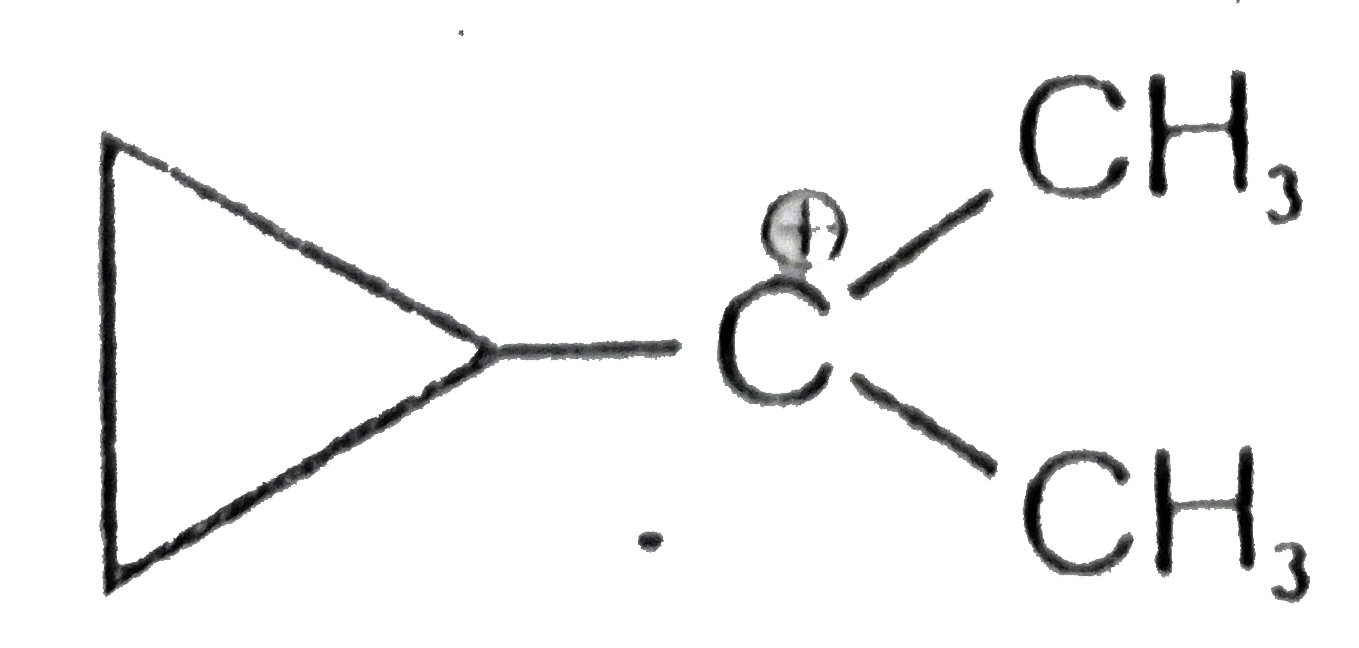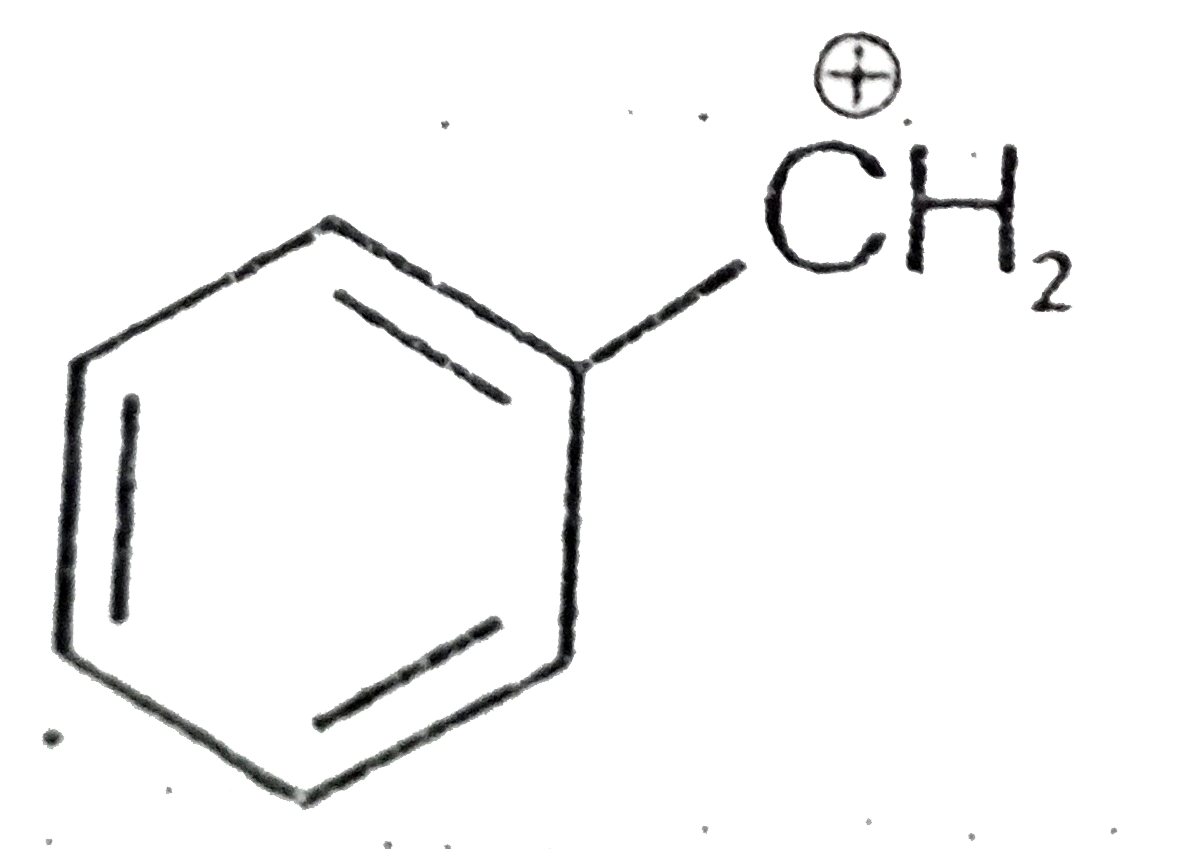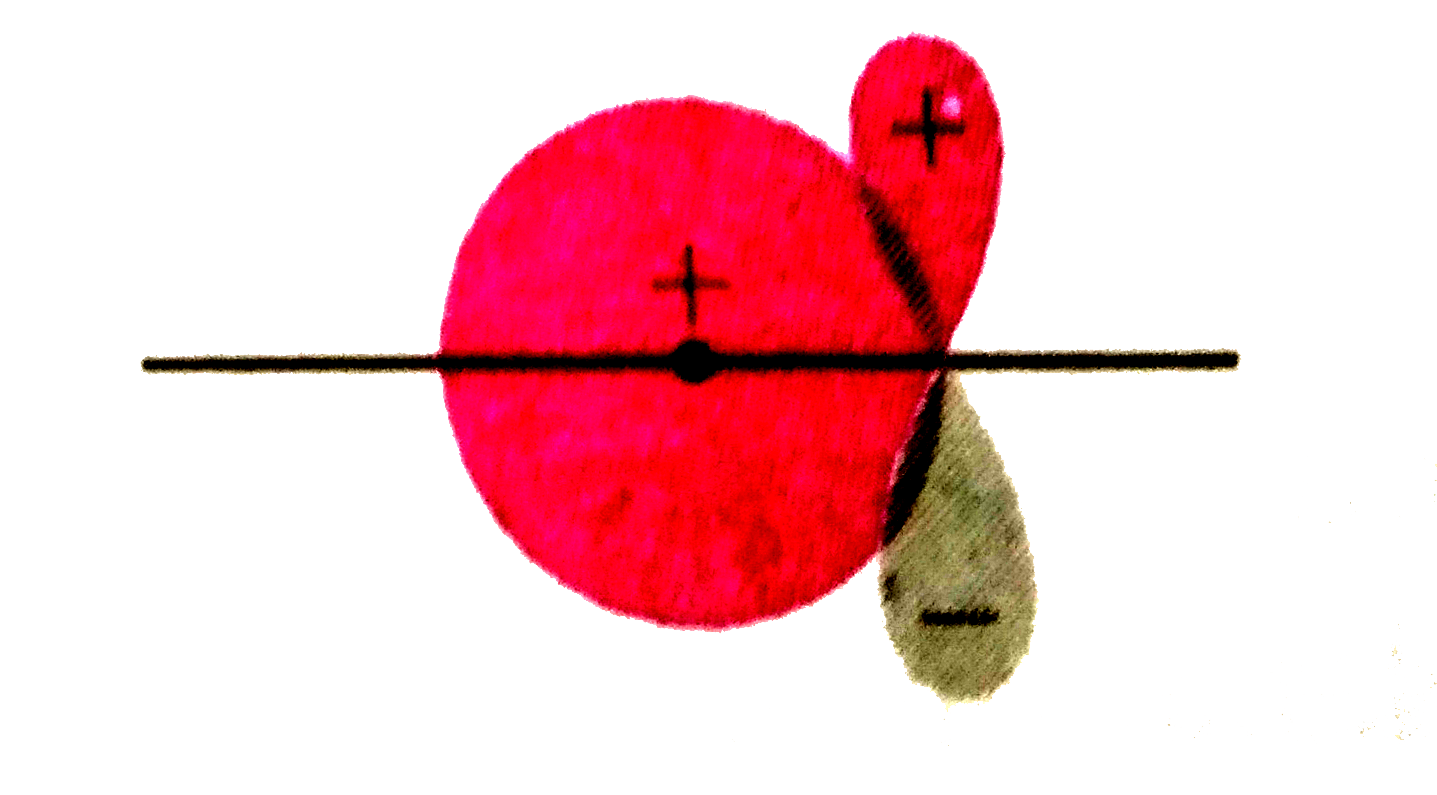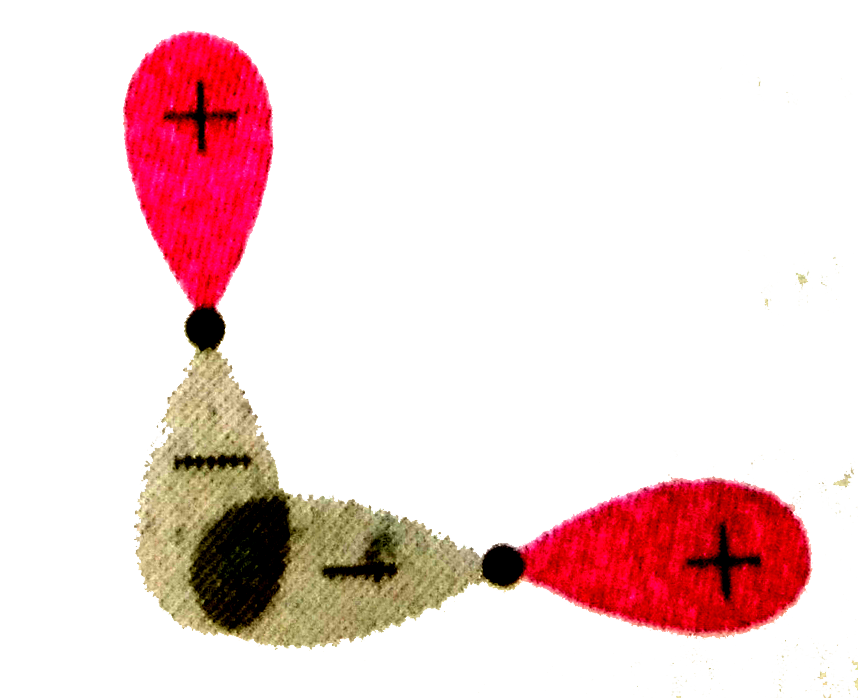Which of the following is stablised by overlapping of p-orbitals?
CH2=CH−⊕CH2



The correct Answer is:B, C
To determine which of the given molecules is stabilized by the overlapping of p-orbitals, we can analyze each option based on their structural characteristics and hybridization. Here’s a step-by-step solution:
Step 1: Understand p-Orbital Overlap
P-orbital overlap occurs when two p-orbitals from adjacent atoms align parallel to each other, allowing for the formation of pi bonds or resonance structures. This overlap is crucial for the stability of certain molecular structures.
Hint: Look for structures that have double bonds or positive charges, as these often involve p-orbital interactions.
Step 2: Analyze the First Option
The first molecule is likely to have a positive charge (e.g., CH2+). This structure can undergo resonance but does not involve p-orbital overlap because the resonance occurs within the molecule itself without interaction with adjacent p-orbitals.
Hint: Check if the molecule has resonance structures that involve only single bonds.
Step 3: Analyze the Second Option
The second molecule is a cyclopropane derivative with sp3 hybridization. The bond angles are strained due to the 60-degree angles instead of the expected 109.28 degrees. This strain can lead to some p-character in the bonds, allowing for potential p-orbital overlap with adjacent carbocations.
Hint: Look for cyclic structures with angle strain, as they may exhibit p-character in their bonds.
Step 4: Analyze the Third Option
The third structure, which has a positive charge and is likely a cyclopropyl cation, also experiences angle strain. Similar to the second option, the strain can lead to the formation of a pi bond through p-orbital overlap.
Hint: Identify any positive charges and strain in the structure that could facilitate p-orbital interactions.
Step 5: Analyze the Fourth Option
The fourth structure, which also has a positive charge, appears to undergo resonance without significant p-orbital overlap. The positive charge can shift among different atoms, but this does not necessarily involve overlapping p-orbitals.
Hint: Determine if the molecule is primarily resonating without forming new bonds through p-orbital overlap.
Conclusion
Based on the analysis:
- The second and third structures (options B and C) are stabilized by overlapping of p-orbitals due to the presence of angle strain and positive charges that allow for the formation of pi bonds.
- The first and fourth structures primarily involve resonance without significant p-orbital overlap.
Final Answer: Options B and C are correct.
P-orbital overlap occurs when two p-orbitals from adjacent atoms align parallel to each other, allowing for the formation of pi bonds or resonance structures. This overlap is crucial for the stability of certain molecular structures.
The first molecule is likely to have a positive charge (e.g., CH2+). This structure can undergo resonance but does not involve p-orbital overlap because the resonance occurs within the molecule itself without interaction with adjacent p-orbitals.
The second molecule is a cyclopropane derivative with sp3 hybridization. The bond angles are strained due to the 60-degree angles instead of the expected 109.28 degrees. This strain can lead to some p-character in the bonds, allowing for potential p-orbital overlap with adjacent carbocations.
The third structure, which has a positive charge and is likely a cyclopropyl cation, also experiences angle strain. Similar to the second option, the strain can lead to the formation of a pi bond through p-orbital overlap.
The fourth structure, which also has a positive charge, appears to undergo resonance without significant p-orbital overlap. The positive charge can shift among different atoms, but this does not necessarily involve overlapping p-orbitals.
Based on the analysis:
- The second and third structures (options B and C) are stabilized by overlapping of p-orbitals due to the presence of angle strain and positive charges that allow for the formation of pi bonds.
- The first and fourth structures primarily involve resonance without significant p-orbital overlap.
Topper's Solved these Questions
- ORGANIC CHEMISTRY: SOME BASIC PRINCIPLE AND TECHNIQUESBOOK - AAKASH INSTITUTE ENGLISHCHAPTER - ORGANIC CHEMISTRY: SOME BASIC PRINCIPLE AND TECHNIQUESEXERCISE - SECTION-D LINKED COMPREHENSION TYPE QUESTIONS
7 Videos
- ORGANIC CHEMISTRY: SOME BASIC PRINCIPLE AND TECHNIQUESBOOK - AAKASH INSTITUTE ENGLISHCHAPTER - ORGANIC CHEMISTRY: SOME BASIC PRINCIPLE AND TECHNIQUESEXERCISE - SECTION-E ASSERTION-REASON TYPE QUESTIONS
14 Videos
- ORGANIC CHEMISTRY: SOME BASIC PRINCIPLE AND TECHNIQUESBOOK - AAKASH INSTITUTE ENGLISHCHAPTER - ORGANIC CHEMISTRY: SOME BASIC PRINCIPLE AND TECHNIQUESEXERCISE - SECTION-B OBJECTIVE TYPE QUESTION (ONE OPTION IS CORRECT)
37 Videos
- ORGANIC CHEMISTRY : SOME BASIC PRINCIPLES AND TECHNIQUES BOOK - AAKASH INSTITUTE ENGLISHCHAPTER - ORGANIC CHEMISTRY : SOME BASIC PRINCIPLES AND TECHNIQUES EXERCISE - Assignment(Section-D)(Assertion - Reason Type Questions)
15 Videos
- POLYMERSBOOK - AAKASH INSTITUTE ENGLISHCHAPTER - POLYMERSEXERCISE - ASSIGNMENT (SECTION-D)
13 Videos
Similar Questions
Knowledge Check
Which of the following orbital overlapping is not possible according to VBT?
A B
B C
C DAll of these
DAll of these
Which of the following is a positive overlap which leads to bonding ? .
View SolutionWhich of the following is correct with respect to 'p' orbitals ?
View SolutionWhich of the following is a zero overlap which leads to non-bonding?
View SolutionWhich of the following will result in zero overlap if molecular axis is x−axis ?
View SolutionIn which of the following flowers, no overlapping between the sepals or petals is observed?
View SolutionSketch the shapes of the molecular orbitals formed by the overlap of (a) s-orbitals (b) end on overlap of two p-orbitals (c) side wise overlap of two p-orbitals. Name the orbitals formed in each case.
View SolutionWhich of the following overlaps of atomic orbitals does not form π-bond if z-axis is the internuclear axis?
View Solution
